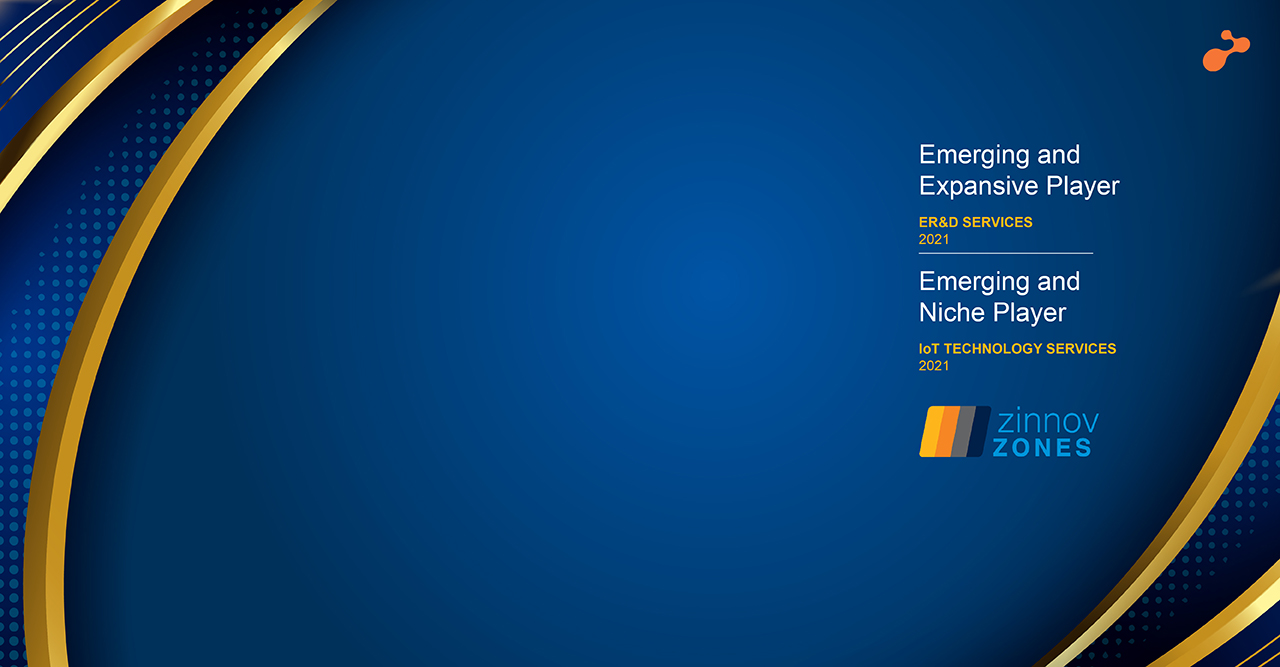Enterprises leverage MSPs to manage cloud services
Many people think of Managed Service Providers (MSPs) and public clouds being disconnected from each other. However, with cloud computing going main-stream, managed IT services and management services are fast becoming two sides of the same coin. Traditionally, MSPs were used to describe infrastructure services delivered on a subscription basis. Now, most MSPs are like the cloud with auto- and self-provisioning capabilities along with elastic, scaling features.
MSPs now offer sets of services for enterprise IT which is almost like an in-house service. For enterprises, it is a more cost effective and efficient approach to use MSPs as a management layer to access cloud-based services.
Read more: http://goo.gl/LnJvlN
Big Data: Transforming businesses around the globe
Big data is a blanket term for large and complex data sets beyond the reach of on-hand database management tools or traditional data processing applications. It is important for firms to manage this data and leverage relevant data for their businesses. For instance, think about the HR function. As the companies grow, traditional HR methodologies to keep track of employees often cease to be effective. Big data can be very useful here.
Big data is radically transforming the way different businesses operate. Textual data is analysed not just to help companies place their products well but also to make sure that the communication reaches people and the products are a part of the conversations happening around the products.
Read more: http://goo.gl/J2b734
Building Apps for Wearables
In order to capitalise on the opportunities wearable technologies present, Salesforce.com has unveiled an app development platform called Salesforce Wear. The platform contains reference apps, demos, open-source code, and other documentation that can be used by developers to build apps for six wearable device types.
Apps for the well-known Samsung Gear 2 smartwatch and Google Glass can be developed using 'Wear'. Apart from this, it includes, the Pebble smartwatch, the MYO gesture control armband from Thalmic Labs, devices using Android Wear, and the Bionym Nymi wristband which is a recognition app based on the heart's cardiac rhythm.
Read more: http://goo.gl/yRxUat
Five pillars of Enterprise Collaboration
CDW, a US-based integrated information technology solutions provider, has enlisted five pillars of enterprise collaboration. These pillars combine to form the enterprise collaboration strategy. They are: unified communications (voice video and presence), messaging, social collaboration, content sharing and contact centre.
Consulting firm McKinsey & Co has estimated that employees can increase their productivity by as much as 25% though enterprise social networking tools. However, to do so, organisations will require significant transformations in management practices.
Read more: http://goo.gl/6Gwuw3




.jpg)
